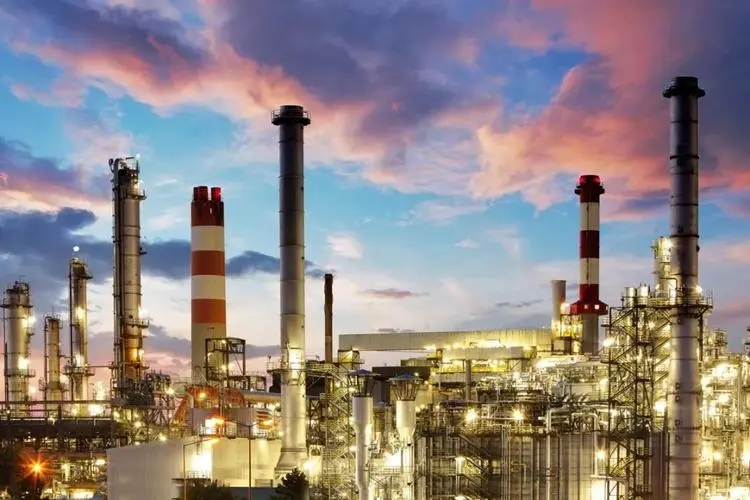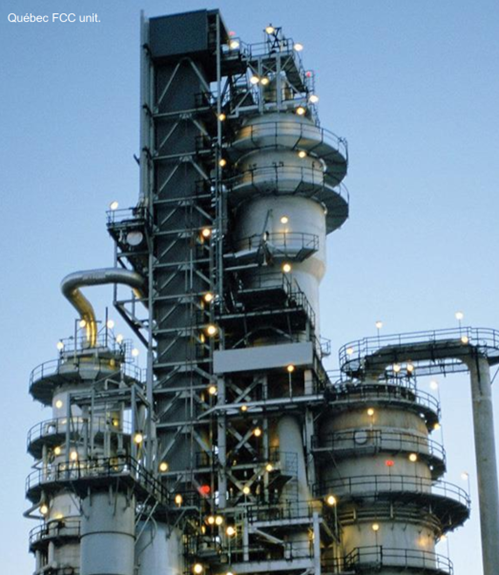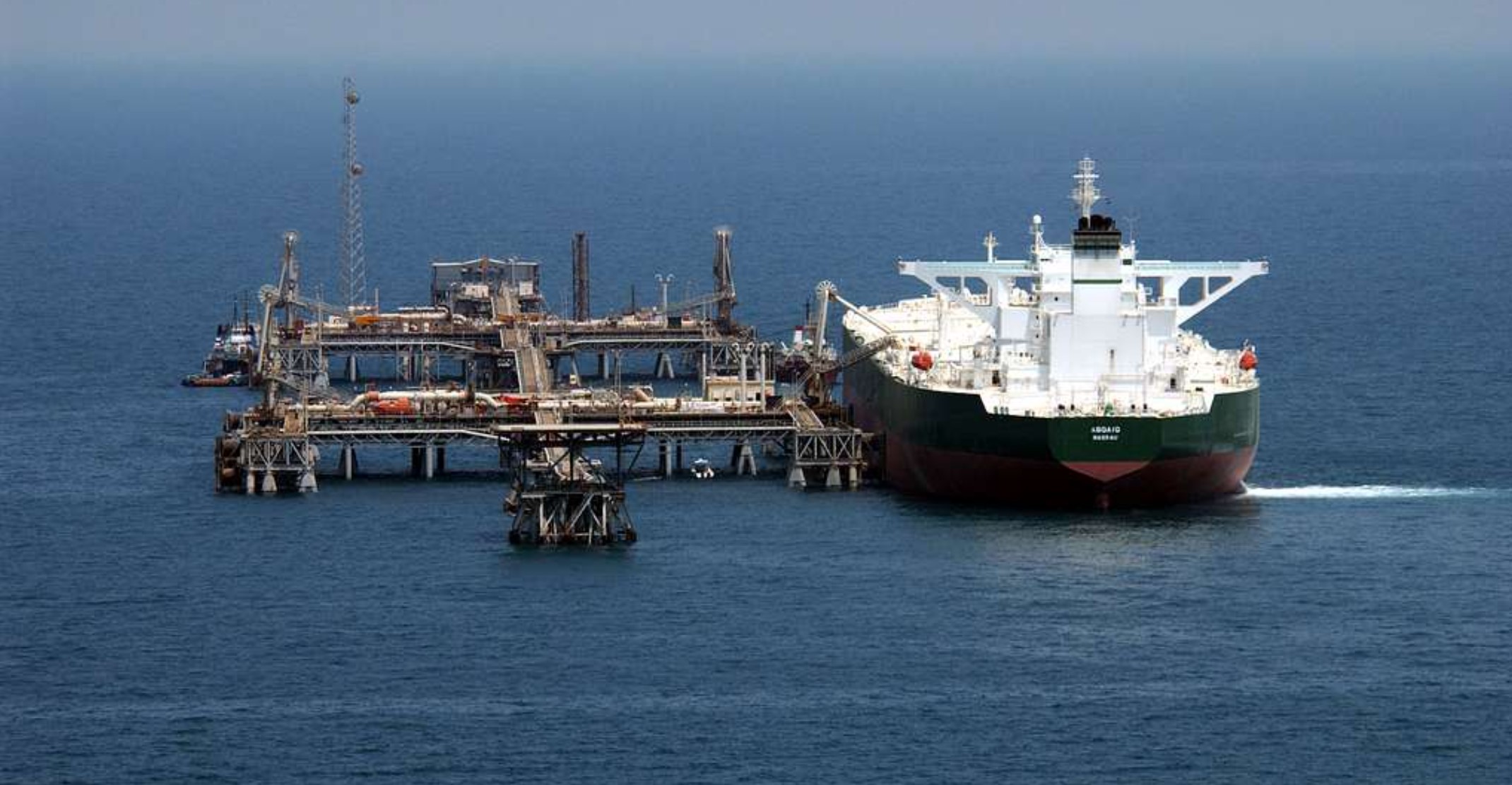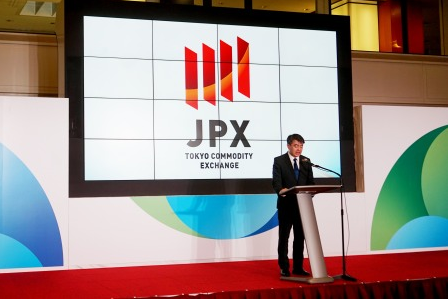TOCOM Energy
JPX Energy Market Updates(Jul. 25, 2022)
Prices rallied early in the week after President Joe Biden's visit to the middle east failed to secure any commitment to a further production hike, while focus shifted to diminishing spare capacity. However, markets levelled off at the back end of the week amid concerns over demand destruction and growing Covid cases.
Prices also came under pressure after Libya said oil output would reach full production in 10 days. As the first line contract shift to October, the backwardation structure of major crude oil future market weakens, the spread of JPX Dubai future contract for October and December delivery settled at equally 4.2 $/b, down from last week’s 5.1$/b. The spread for Ice Brent has fallen even more sharply from nearly 7.4 $/b to 4.4$/b, both indicating a less tightened market at the beginning of the fourth quarter. However, the prompt Dubai structure remained resolute as the Sep/Nov spread held comfortably above $9/b.
On the supply side, Libya's NOC says crude oil output has reached 860,000 b/d over the past weekend. Libya's oil sector has been under severe political turmoil for months, exacerbating a tight market, with various groups seeking control of NOC and its revenues. Libya's oil and gas minister expects oil production to return to normal levels of 1.2 million b/d in a week to 10 days as the OPEC member begins pumping crude after lifting of force majeure on exports and oil fields. NOC had expected five tankers to load crude from its oil terminals July 19-21, after the new management lifted force majeure following a nearly three-month closure.
On the demand side, oil product cracks plunge across the barrel in Asian market. Singapore gross refining margins fell to a near eight-month low owing to recession fears and softened fuel demand. Over the past month, Singapore GRMs have fallen 87% from the peak of $30.5 per barrel as of June 21. According to industry sources, Chinese refiners plan to boost their diesel exports sharply in August, because of seasonally weak domestic demand and the release of this year's third batch of export quota in early July. Refining margins in the marine fuel market aslo continued to tank this week as the supply of fuel oil continued to increase across the global market, with easing supply tightness in the distillates market feeding into residuals.
However,hot weather around the world has boosted demand for power generation from primary sources. In Europe and Asia, further oil use in power generation is becoming more attractive as rising gas prices eclipse gains in oil. Relative to oil products, gas prices have now returned to the levels that triggered gas to oil switching in 4Q21. Futures prices also indicate that these incentives are likely to continue for much of the next 18 months. This suggests a sustained increase in consumption of fuel oil and non-road gasoil from 2H22 onwards.
In the US, counter-seasonal gasoline stocks builds extended for a second week with nationwide inventories climbing 3.5 million barrels to 228 million barrels. Back-to-back weekly gasoline builds have seen stocks surge 9.3 million barrels to a twelve-week high. The builds come as implied demand remains well below normal. Total product supplied for gasoline was 9% behind the five-year average in the week to July 15.
In June, US inflation rose by 1.3%, placing overall inflation at 9.1% year over year. New record high data is expected to propel the Fed to hike interest rates again, with experts predicting another 75 base point increase during the central bank meeting this week. The forecast timeline for a slowdown implied by interest rate and oil futures appears reasonable and there are already signs that it is underway. Business cycle will determine whether the slowdown is brief and shallow or longer and deeper and whether the accumulation of petroleum inventories is relatively modest or much larger.




